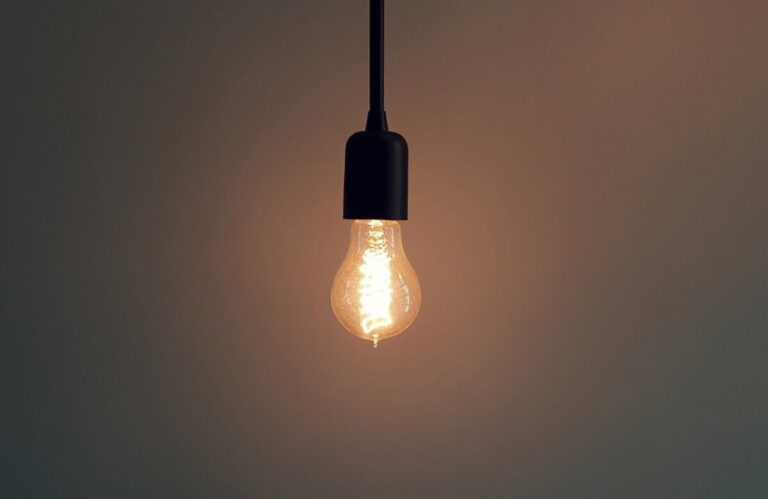Charities struggling with soaring energy bills & service need

Charities are cutting back on their energy and fuel use and using their reserves as they struggle to cope with rising energy costs as well as increasing need for their services, a survey from Pro Bono Economics and Nottingham Trent University’s National VCSE Data and Insights Observatory shows.
40% of charities across the UK are dealing with rising gas and electricity bills. At the same time, nearly half of charities expect demand for their services this winter to exceed their ability to meet it.
Cost increases are significant – more than half (54%) of charities paying higher energy bills reported that their costs have jumped by 50% or more, and one in three (33%)saidtheir energy bills have more than doubled. As a result, almost one in five (17%) charities and community groups have been forced to reduce services. Among small organisations, more than a quarter (27%) have had to reduce the size of their paid workforce.
Advertisement
Over the past 12 months, energy costs have become the third most pressing issue for the sector, behind only ‘income’ and ‘inflation’, according to the survey.
The report found care homes, day centres for the elderly and disabled, and poorly-insulated community centres are likely to find it particularly difficult to manage costs.
One charity revealed its staff were now working with the lights turned off in its premises to curb energy costs, while another reported that it limited how far its staff drive in their minibus due to diesel prices. One in five (20%) charities reported a reduction in the use of their premises with just under one in 10 (8%) cutting their opening hours.
As a result of the rising costs, 55% of charities having to resort to using their reserves to meet operating costs, as demand for their services soar. One in five (19%) charities and community groups reported they only have enough reserves to last this winter.
With the government’s energy support package for non-domestic organisations due to end in April, and a review set to be published in the new year, the survey’s findings have led to sector-wide calls for new support for charities, including targeted grants to help charities install renewable energy generation and become more energy efficient, and calls for energy suppliers to introduce a social energy tariff for charities and community groups.
Key findings
Among its key findings, the VCSE Sector Barometer, backed by over 50 major social sector membership organisations and networks, found:
- Seven in 10 (71%) charities experienced an increase in demand in the three months to November 2022 and the same number expect demand to continue to increase over the next three months. Nearly half (49%) expect demand to exceed their ability to meet it and 19% expect to fall significantly short.
- One in five large (20%) and medium-sized (21%) charities and community groups reported their intention to hire more staff in the next three months to deal with increased demand. But almost half (47%) of large charities and community groups reported difficulty recruiting.
- Four in 10 (41%) charities in the UK have seen their energy bills rise since September 2021. More than half (54%) of charities which have received increased bills reported that their costs have jumped by 50% or more, and one in three (33%) saidtheir energy bills had more than doubled.
- One in four (27%) small charities have been forced to lay off staff and nearly one in five (17%) charities have had to reduce services – nearly a quarter (23%) of large charities have cut services.
- Close to half (46%) of charities have turned thermostats down to reduce energy consumption, while one in five (20%) have reduced the use of their premises, and almost one in 10 (8%) have reduced their hours of operation.
- More than half (55%) are having to use reserves to meet operating costs and nearly a fifth (19%) only have enough reserves to last this winter.
- Nearly a quarter (23%) of charities are on fixed electricity and/or gas rates that will expire by the end of March 2023, while one in five (20%) charities are on variable rates for their gas, electricity or both. This means they will likely be facing a significant spike in energy costs in April when government support with energy bills for non-domestic consumers is due to end.
In total, just over half (53%) of the charities that responded to the survey stated that they pay energy bills directly to their supplier through commercial energy contracts, and close to a third (30%) said they pay for their energy through their rent. A very small proportion (4%) reported they have domestic energy contracts, rather than commercial arrangements.
Currently, the 53% of charities on commercial energy contracts are receiving some support from the government with their energy bills through the Energy Bill Relief Scheme, which has provided non-domestic consumers of energy with a discount on the unit price of gas and electricity. The 30% of charities which pay for their energy through their rent have also likely benefited from the scheme’s protection, though indirectly.
The report states that the variation in the methods of energy payment in the charity sector is significant because it means different parts of the sector have different levels of exposure to rising energy costs, and have varying ability to control, negotiate or respond to rising energy costs.
Matt Whittaker, CEO of Pro Bono Economics, said:
“Having just about weathered the unprecedented squeeze of the pandemic, charities around the country are now having to cope with a new economic crisis in the form of inflation and soaring energy prices. This new study provides an insight into the sharp cost of the energy crisis for these organisations – with many charities paying an extra 50% and more for their energy.
“Many of these charities are at the forefront of tackling the challenges facing the most vulnerable in society this winter, often providing shelter and care to those who need it most, such as the elderly and disabled. The very charities which are crucial to many people surviving this winter are the most badly impacted by the energy crisis.
“Simultaneously, these organisations are facing soaring demand and rapidly depleting resources – a pressure cooker which threatens to push many charities to the brink.
“With this in mind, it is imperative that these organisations receive continued targeted support when the government’s current support scheme expires in April. There is also an opportunity for the government to further its environmental ambitions by investing in renewable energy initiatives for charities, which this study shows would be well-received.”
Prof Daniel King, Director of the National VCSE Data and Insights Observatory, said:
“Many charities are at the forefront of providing emergency assistance for their communities through warm banks, advice, guidance and support, but these organisations are finding it increasingly challenging themselves to pay their bills. This comes at a time when charities are reporting an increased demand for their services and pressure on their funding.
“Our research highlights the challenges that they are facing, with 55% of organisations saying that they are having to use reserves to pay for operating costs. To maximise the benefit of charity services now and in the future, this is a crucial time to further support the sector through targeted grants and extending the Energy Bills Relief Scheme.”





